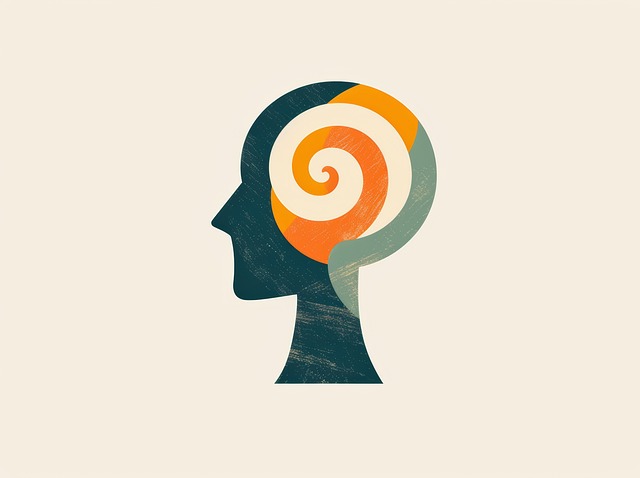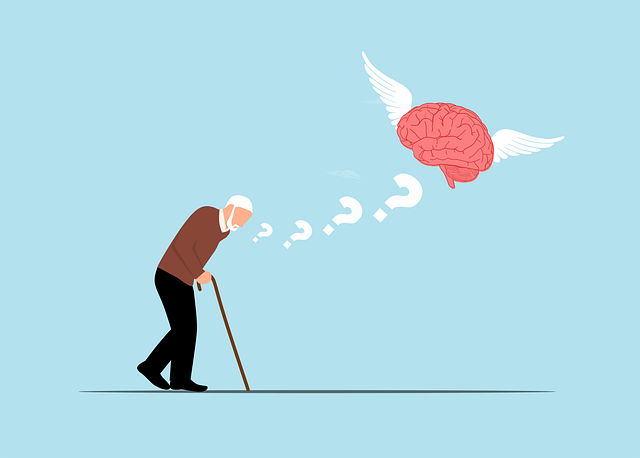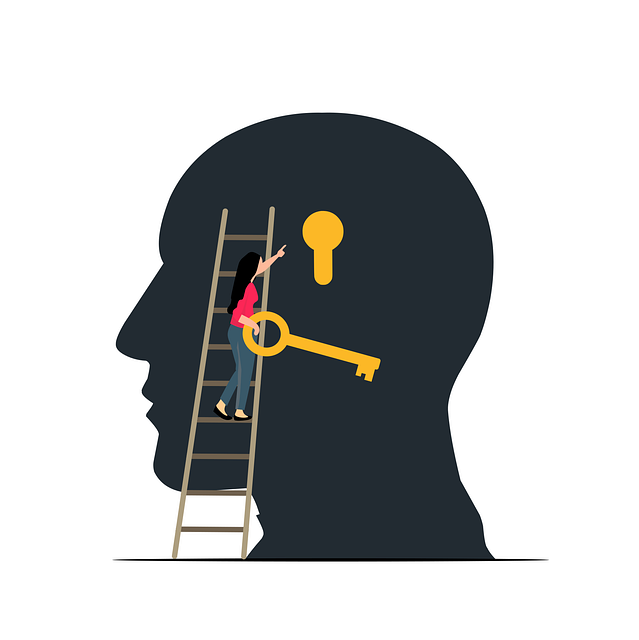Mood regulation is a complex challenge, but biofeedback therapy offers a sophisticated solution. Through real-time feedback on physiological responses like heart rate and muscle tension, individuals gain control over automatic reactions, improving emotional regulation and leading to better mood management (Superior Biofeedback Therapy). This non-invasive approach includes various techniques like HRV training, GSR, and brainwave entrainment, accessible through at-home apps. Integrating biofeedback into daily routines, with cultural sensitivity, enhances mental well-being and reduces stress, contributing to Mental Illness Stigma Reduction and enriching mental wellness podcast content.
Mood regulation strategies are essential tools for managing emotional well-being. This comprehensive guide delves into the complexities of understanding mood regulation and explores biofeedback therapy as a powerful tool for emotional balance. We examine various biofeedback techniques, offer practical strategies for integrating them into daily life, and present inspiring case studies showcasing the transformative power of superior biofeedback therapy.
- Understanding Mood Regulation: Unraveling the Complexities
- The Role of Biofeedback Therapy in Mood Management
- Exploring Different Biofeedback Techniques for Emotional Balance
- Integrating Biofeedback into Daily Life: Practical Strategies
- Case Studies: Real-Life Transformations through Superior Biofeedback Therapy
Understanding Mood Regulation: Unraveling the Complexities

Understanding Mood regulation is a complex task, as emotions are intricate and multifaceted aspects of human experience. Moods, influenced by a myriad of factors including biological, psychological, and environmental elements, can shift rapidly and unpredictably. This complexity necessitates a nuanced approach to mood regulation strategies.
Superior Biofeedback Therapy emerges as a powerful tool in this domain. By providing individuals with real-time feedback about their physiological responses, biofeedback therapy empowers them to develop effective communication strategies for managing stress and anxiety relief. This, in turn, facilitates improved emotional regulation by enabling people to consciously influence their bodily reactions during emotionally charged situations, ultimately leading to more stable moods.
The Role of Biofeedback Therapy in Mood Management

Biofeedback therapy has emerged as a powerful tool within the realm of mood regulation strategies. This superior Biofeedback Therapy technique empowers individuals to gain profound insights into their physiological responses, offering a unique approach to managing emotional states. By providing real-time feedback about various bodily functions, such as heart rate and muscle tension, it enables people to develop a deeper understanding of their stress reduction methods.
The process involves learning to control these automatic reactions, thereby fostering better emotional regulation. Cultural sensitivity in mental healthcare practice plays a crucial role here, ensuring that the therapy is tailored to individual needs while respecting diverse cultural backgrounds. Effective communication strategies, fostered through biofeedback sessions, allow individuals to express and manage their emotions healthily. This holistic approach not only aids in stress reduction but also promotes overall well-being.
Exploring Different Biofeedback Techniques for Emotional Balance

Exploring different biofeedback techniques offers a promising path towards achieving emotional balance and superior biofeedback therapy. This non-invasive approach allows individuals to gain profound insights into their physiological responses, enabling them to manage stress and regulate moods effectively. By focusing on mind over matter principles, these techniques empower folks to become more attuned to their bodies’ signals, fostering a sense of control and confidence boosting abilities in navigating emotional landscapes.
Various biofeedback methods, such as heart rate variability (HRV) training, galvanic skin response (GSR), and brainwave entrainment, provide valuable tools for mental health professionals. HRV biofeedback, for instance, teaches individuals to consciously regulate their breathing to influence heart rhythm, thereby reducing anxiety and improving emotional resilience. Similarly, GSR feedback helps in understanding the impact of physiological arousal on one’s state of mind, enabling better stress management strategies. Integrating these techniques into therapeutic practices involves a careful risk assessment, but the potential benefits are significant, offering alternative ways to support mental well-being alongside traditional therapy methods.
Integrating Biofeedback into Daily Life: Practical Strategies

Integrating biofeedback into daily life offers a powerful tool for superior biofeedback therapy and self-care routine development for better mental health. This involves techniques such as heart rate variability (HRV) training, where individuals learn to control their breathing and heartbeat, promoting relaxation and stress reduction. By regularly practicing these exercises, one can achieve a state of mental clarity and emotional balance. Incorporating biofeedback into your daily routine is accessible; there are various apps and devices designed for at-home use, making it convenient for folks to manage their mental wellness in the comfort of their homes.
For optimal results, consider cultural sensitivity in mental healthcare practice. Different cultures may have unique perspectives on stress management and emotional well-being. A comprehensive biofeedback program should cater to these variations, ensuring inclusivity and effectiveness. Additionally, creating a structured schedule for biofeedback sessions as part of your mental wellness podcast series production can enhance its impact. Regular exposure to biofeedback exercises through such podcasts can empower individuals to take control of their mental health proactively.
Case Studies: Real-Life Transformations through Superior Biofeedback Therapy

In a world where mental wellness is increasingly recognized as a paramount concern, case studies offer compelling evidence of the transformative power of Superior Biofeedback Therapy (SBT). This non-invasive approach has been instrumental in helping individuals navigate and manage their emotional states effectively. Through SBT, participants have reported significant improvements in their ability to regulate mood, leading to enhanced quality of life and greater resilience in the face of daily stressors.
The impact of SBT extends beyond mere emotional regulation; it contributes to broader initiatives like Mental Illness Stigma Reduction Efforts. By providing individuals with tangible tools to understand and manage their physiological responses, SBT fosters a sense of empowerment and self-efficacy. Moreover, communication strategies encouraged within SBT sessions have facilitated open dialogue about mental health, further enriching the Mental Wellness Podcast Series Production landscape and amplifying positive narratives around mental wellness.
Mood regulation is a multifaceted process, and understanding its complexities empowers individuals to take control of their emotional well-being. This article has explored various techniques, with a particular focus on biofeedback as a powerful tool for managing mood. By delving into the different biofeedback methods and their practical applications, we’ve highlighted how superior biofeedback therapy can bring about significant transformations. Integrating these strategies into daily life offers a promising path towards emotional balance and overall mental health.











